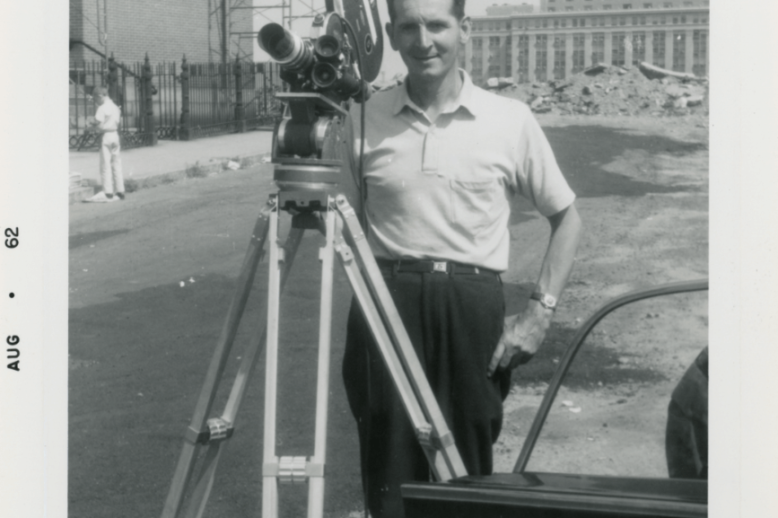Charles Frani: Photographers of the West End’s Demolition, Part I
Charles J. “Frani” Zanfani (1922-2001), born in Boston to Italian immigrant parents, first moved to the West End with his family in the 1950s. Displaced by the West End urban renewal project to the North Slope of Beacon Hill, Frani devoted the 1960s to meticulously photographing the destruction of the neighborhood. His photographic collection, preserved at The West End Museum, offers a poignant view into Urban Renewal and its devastating effects on the community.









